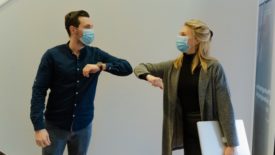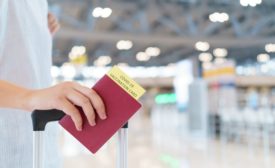Coronavirus and Emergency Planning
Here, we offer emergency management and preparedness practices enterprises should employ during the Coronavirus crisis.
ARTICLES
Get our new eMagazine delivered to your inbox every month.
Stay in the know on the latest enterprise risk and security industry trends.
SUBSCRIBE TODAY!Copyright ©2024. All Rights Reserved BNP Media.
Design, CMS, Hosting & Web Development :: ePublishing











